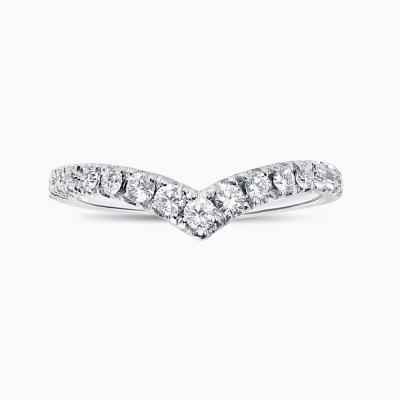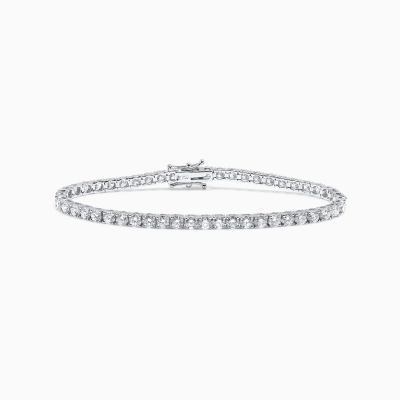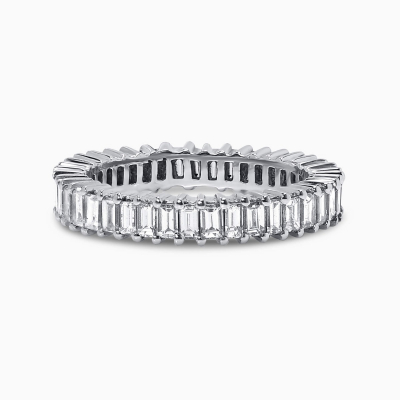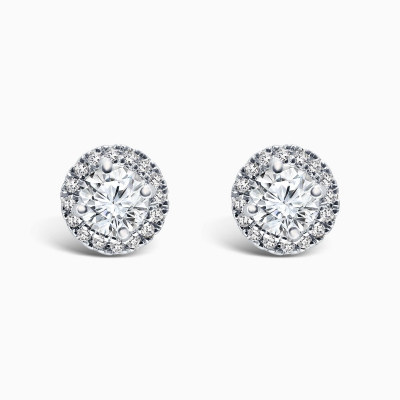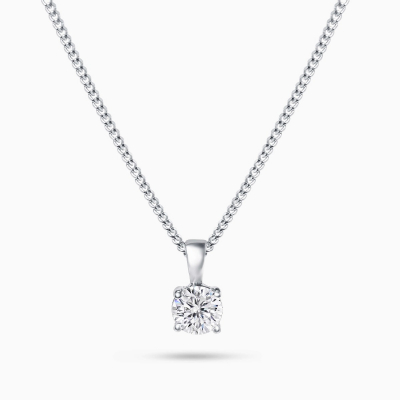USD
/
USD
/
Shipping to:
Currency:
ABOUT GIA CERTIFICATES
Also known as the GIA diamond grading report, a GIA certification is a universally accepted report that assesses all key attributes of the diamond. This includes a full review of the 4Cs - Color, Clarity, Cut, and Carat Weight - as well as visual representations to highlight clarity and diamond proportions while round cut diamonds in the D-Z range also include a GIA cut grade
Here are the additional factors that will be displayed and numbered on the GIA diamond grading report.
Get a FREE Quote for a GIA-Certified Diamond!
Looking for a better deal on a GIA-certified diamond you're about to purchase? Send us the certificate number, or if you don’t have it, just provide the shape, carat, color, clarity, and measurements. We’ll do our best to beat the price. Let’s find you the best offer!
Name: *
E-mail: *
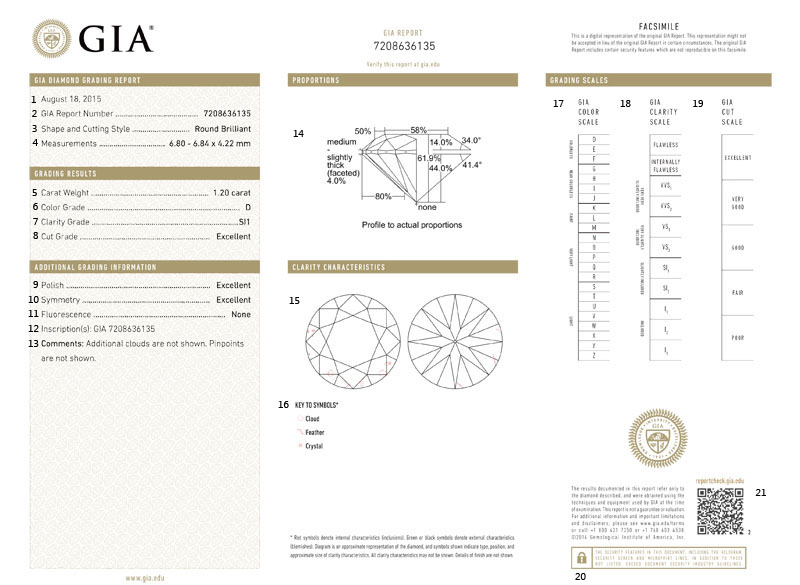
1. DATE
The date that the examination took place will be displayed here.
2. REPORT NUMBER
This is a unique GIA certification number that is subsequently logged on the global database of GIA certificates. This means that the GIA certificate can be tracked, wherever you are located.
3. SHAPE AND CUTTING STYLE
The shape relates to the outline of the diamond while the cut is defined by the pattern of the facet arrangement. Different cuts will enhance different features like the brilliance of the diamond on your engagement ring or jewelry.
4. MEASUREMETS
The measurements are listed as the minimum diameter. For round diamonds, this is calculated as maximum diameter x depth while other shaped diamonds use the length x width x depth formula.
5. CARAT WEIGHT
A carat is equal to 0.2 grams and can be further divided into “points”, which are 1/100th of a carat. The weight is recorded to the nearest point, providing far greater insight into the true value of the diamond.
6. COLOUR GRADE
GIA certification grades color on a scale of D to Z and range from colorless diamonds (D) to light brown or yellowish colors. If the diamond has been color-treated, this will be identified on the GIA diamond grading report by an *.
7. CLARITY GRADE
A carat is equal to 0.2 grams and can be further divided into “points”, which are 1/100th of a carat. The weight is recorded to the nearest point, providing far greater insight into the true value of the diamond.
8. CUT GRADE
Cut grades look at the design, craftsmanship, and face-up appearance of the diamond to grade its brilliance from Excellent to Poor.
9. POLISH
The additional grading information section begins with the polish, which essentially analyzes how smooth the diamond’s surface is considered. The polish scale ranges from Excellent to Poor.
10. SYMMETRY
Diamond symmetry relates to the exactness of its outline as well as the shape, placement, and alignment of its facets. The symmetry scale used for GIA certificates runs from Excellent to Poor.
11. FLUORESCENCE
Fluorescence describes the strength and color of a diamond under UV light. If the report says ‘none’, it means that the fluorescence is either indiscernible or very faint. The scale goes from none to very strong.
12. INSCRIPTION (S)
If any text, symbols, or logos are inscribed on the diamond’s girdle, it will be noted in this section of the GIA certification document. This includes the presence of its unique GIA report number.
13. COMMENTS
The comments section of the additional grading information will mention any treatments or characteristics that have been identified but do not feature in other parts of the report.
14. PROPORTION DIAGRAM
The proportions diagram shows a visual representation of the diamond’s profile, covering the depth percentages, length to width ratio, table percentage, girdle thickness, and actual proportions.
15. PLOTTED DIAGRAM
The shape and cutting style of the diamond are visually displayed via a plotted diagram. It uses an array of symbols to register approximates for the nature, position, and size of clarity characteristics.
16. KEY TO SYMBOLS
This simply informs you what the symbols (if any) are used in the plotted diagram above.
17. GIA COLOR SCALE
This shows the color grades and positions in relation to the GIA Color Grading System.
18. GIA CLARITY SCALE
This illustrates the GIA clarity grades and positions per the GIA Clarity Grading System.
19. GIA CUT SCALE
This illustrates the GIA cut grades and positions relative to the GIA Cut Grading System.
20. SECURITY FEATURES
This covers microprinting, security screens, watermarks, and a hologram for verification.
21. QR CODE
Finally, a two-dimensional QR code that is linked to the worldwide GIA database is shown.







